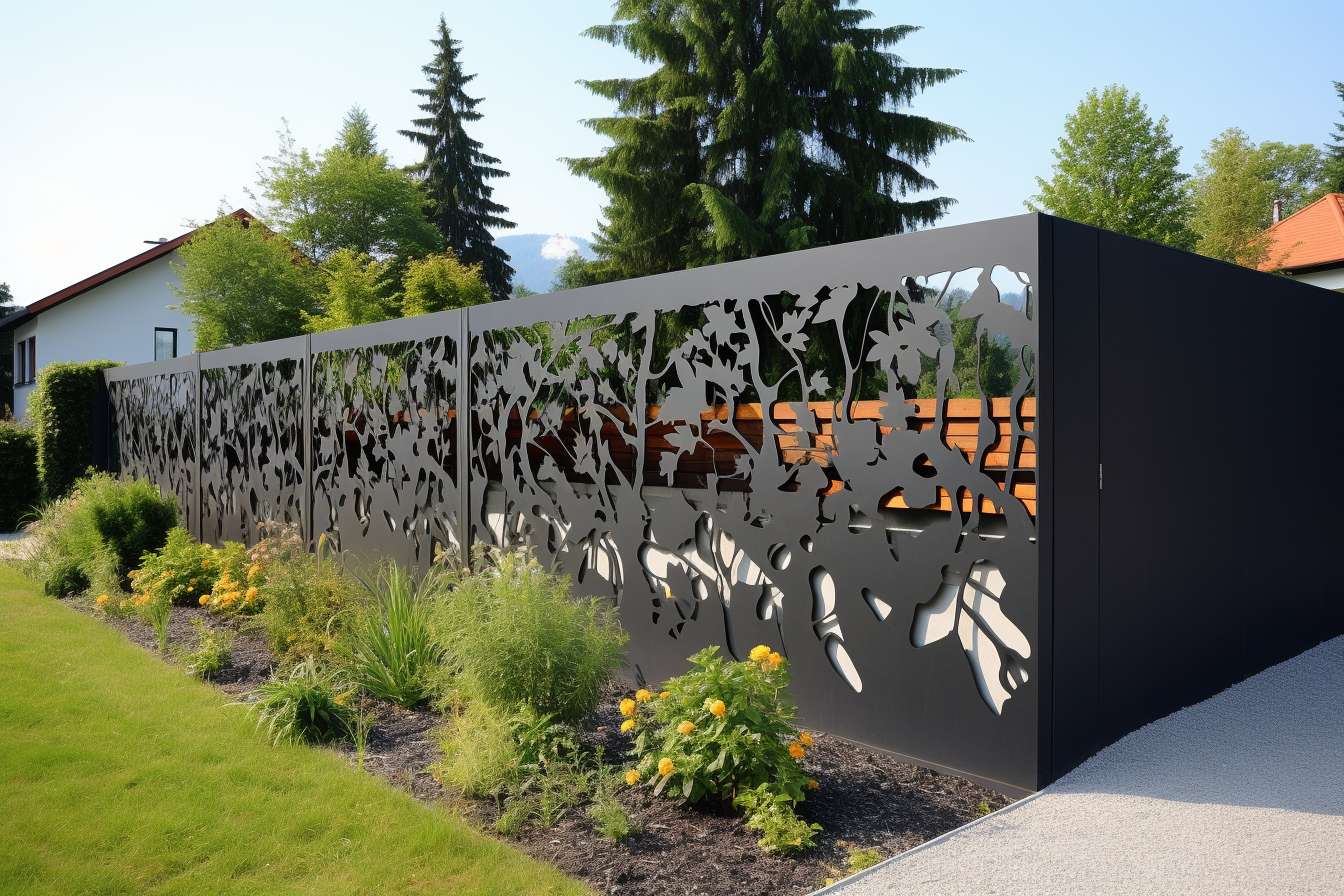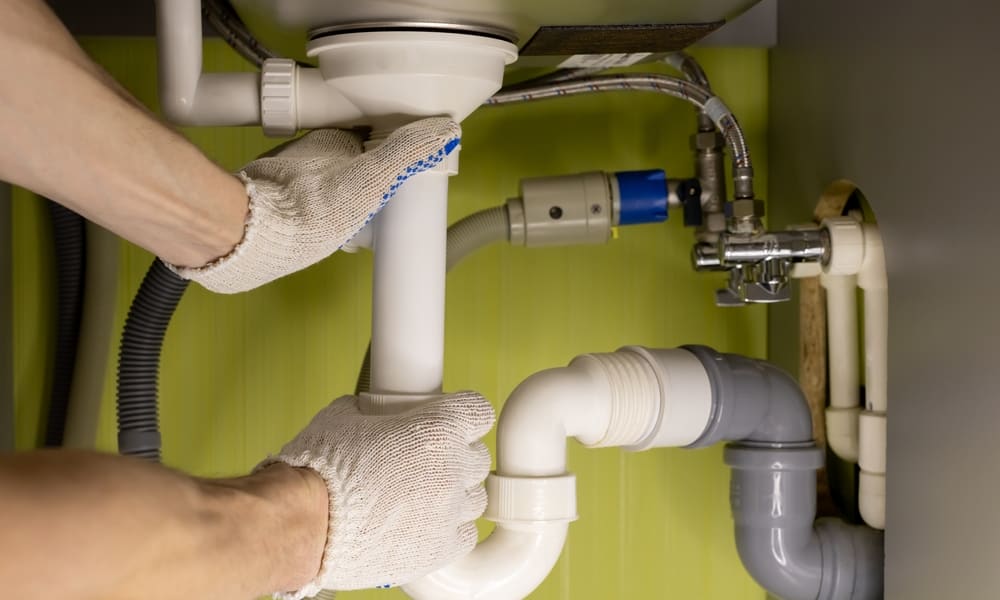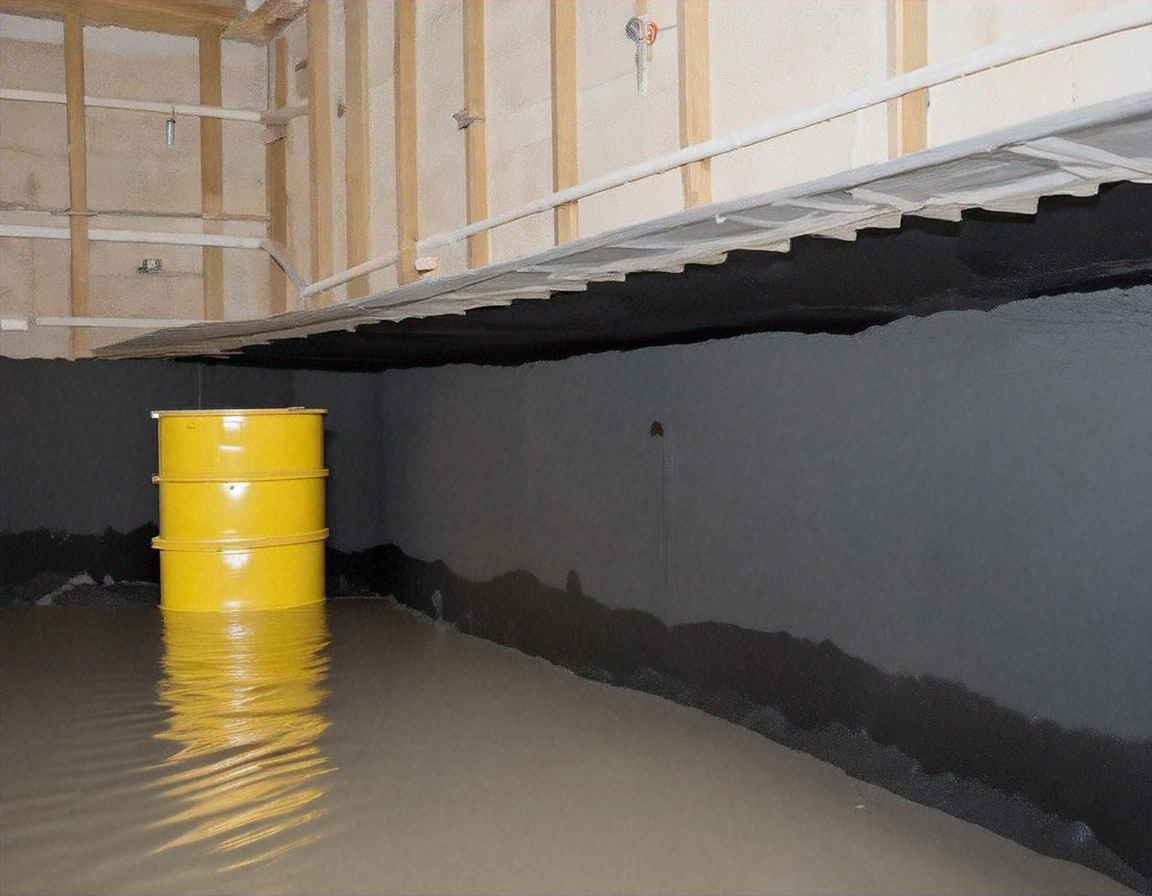Drain and Pipe Cleaning: Methods, Maintenance, and When to Call Help
A clean drainage and pipe system helps prevent unpleasant smells, slow drains, and water damage. Regular attention to drains and pipes—whether in a domestic flat, a terraced house, or a commercial property—extends the life of plumbing, reduces repair costs, and maintains hygiene. This article explains common causes of blockages, cleaning methods both DIY and professional, signs that deserve inspection, and how to choose local services in your area.

Common causes of blockages and pipe issues
Blockages often arise from everyday materials that accumulate over time. In kitchens, cooking fats, grease and food scraps can solidify and adhere to pipe walls. Bathrooms commonly suffer from hair, soap scum and mineral deposits from hard water. Outside, tree roots can intrude into older clay or damaged pipes, while debris and sediment build-up can affect drains and gullies. Understanding the source of a problem helps determine the appropriate cleaning method and whether a preventive change in behaviour is needed.
Professional drain and pipe cleaning methods
Professional engineers use a range of techniques depending on the issue and pipe material. High-pressure water jetting (jetting) is common: it sends a powerful, controlled stream of water to dislodge grease, scale and roots without digging up pipes. Mechanical rodding or powered drain augers cut through blockages like compacted debris or hair. For internal inspection and diagnosis, CCTV cameras provide a non-invasive way to locate cracks, collapses or intrusions. Chemical cleaners exist but are often corrosive or harmful to certain pipe materials; professionals select products and concentrations appropriate to the situation and legal/environmental guidance.
DIY maintenance and safe cleaning practices
Simple, regular maintenance can reduce the frequency of major blockages. In the kitchen, avoid pouring fat and oil down the sink—collect them for disposal. Use sink strainers to catch solids and empty them into general waste. In the bathroom, a hair catcher in the shower drain reduces accumulation. For routine cleaning, a mild combination of hot water and eco-friendly detergent can help dissolve light grease; a mix of baking soda with vinegar followed by hot water can work for minor slow-draining sinks, though this is not suitable for all waste systems or older pipes. Avoid repeated use of harsh chemical drain cleaners, as they can damage pipes and pipe joints over time. If you are unsure whether a cleaning method is safe for your plumbing, consult a qualified professional.
Signs you should arrange inspection or cleaning
Some issues can be resolved with basic maintenance, but others signal the need for professional attention. Persistent slow drains across multiple fixtures, gurgling noises from drains, foul odours, or water backing up into basins and baths indicate a deeper blockage or venting problem. Sudden wet patches in the garden, unexplained increases in water bills, or sewage smells outdoors may point to external pipe damage or root intrusion. If you experience recurring problems after temporary fixes, arranging an inspection with CCTV diagnosis can identify structural faults before a collapse or costly repair occurs.
Choosing local services and what to expect
When selecting a tradesperson or company, look for clear evidence of membership in recognised trade associations, appropriate public liability insurance, and positive independent reviews. Request a clear scope of work and an estimate before work begins; reputable providers will explain the proposed method (for example, jetting versus rodding), any preparatory steps you should take, and possible follow-up measures such as repairs or lining. For older properties, ask whether they perform a CCTV survey prior to major interventions—this can prevent unnecessary excavation. Use searches that reference “local services” and “in your area” to identify providers servicing your locality, and check whether they adhere to regional regulations and environmental disposal practices.
Conclusion
Regular attention to drains and pipes—combining sensible daily habits, periodic preventive cleaning, and timely professional inspections—helps maintain system performance and reduces the chance of costly emergency repairs. Understanding common causes, recognising warning signs, and choosing an appropriate cleaning method or skilled local service will support long-term reliability in both domestic and commercial plumbing systems.



